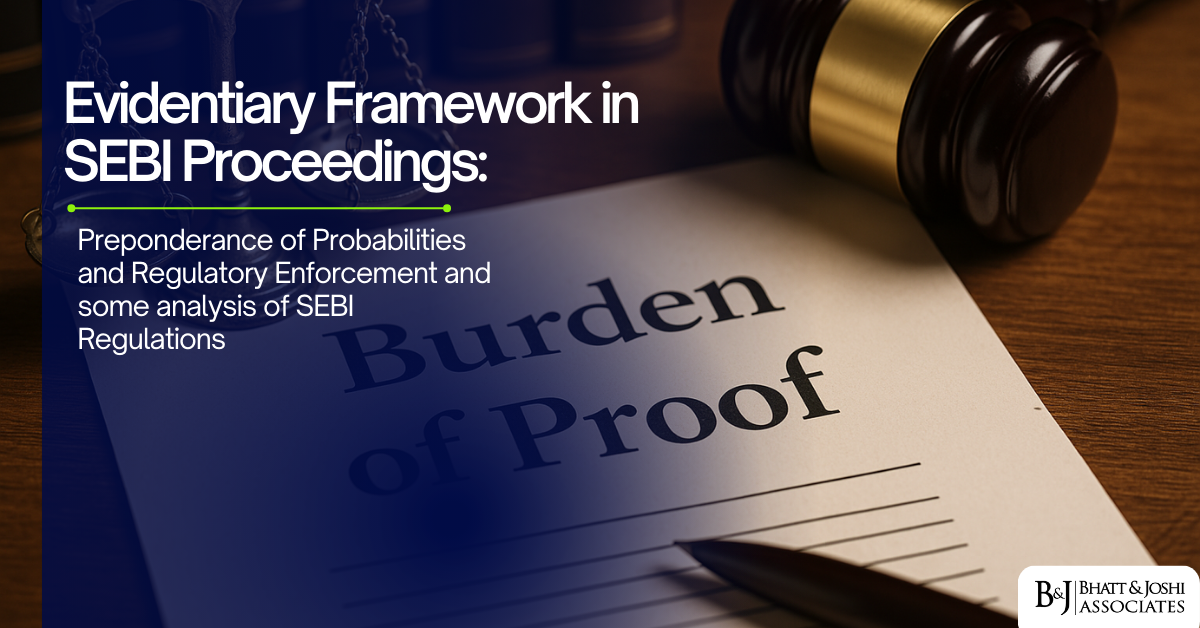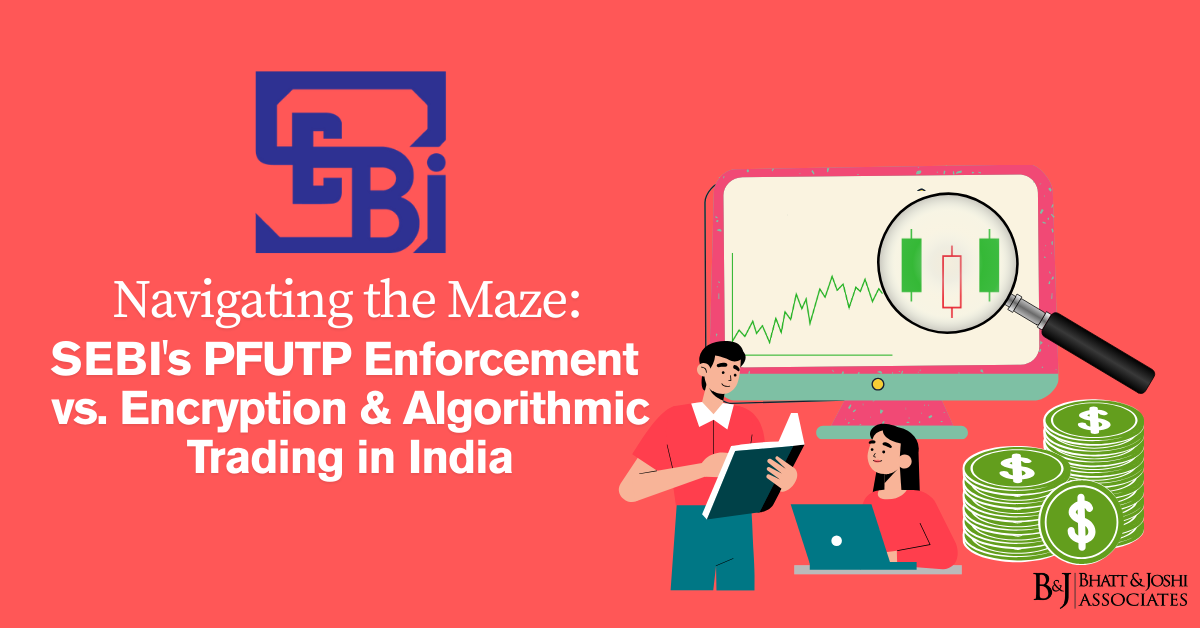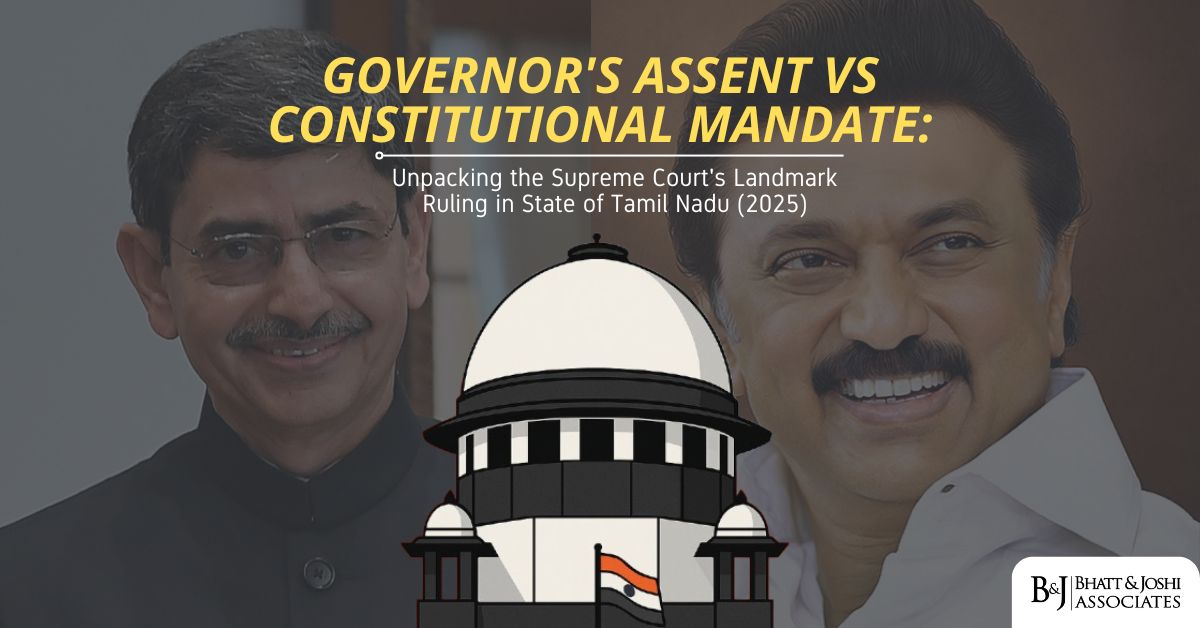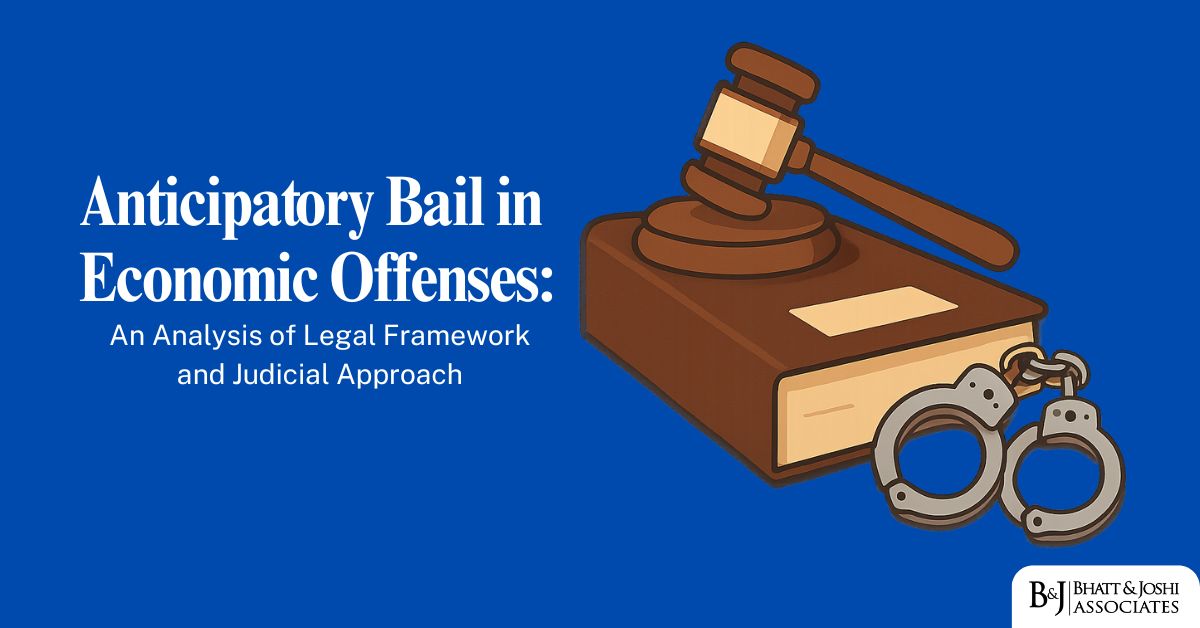Authored by: Aaditya Bhatt, Advocate
Bhatt & Joshi Associates

General Principles of Preponderance of Probabilities
Definition and Legal Basis of Preponderance of Probabilities
The preponderance of probabilities standard governs civil proceedings, requiring a party to demonstrate that their claim is more likely true than not (over 50% probability). Unlike criminal law’s “beyond reasonable doubt,” this standard focuses on weighing evidence to determine which narrative is more plausible. Courts assess conflicting probabilities and select the most convincing scenario. For instance, in Narayan Ganesh Dastane v. Sucheta Narayan Dastane (1975), the Supreme Court clarified that civil cases rely on this balance to establish facts.
Application in Civil Litigation
In breach of contract or tort disputes, plaintiffs must show their version is more probable. For example, in Rangappa v. Sri Mohan (2010), the Supreme Court applied this standard to rebut presumptions under the Negotiable Instruments Act, emphasizing that defendants must provide credible explanations to counter allegations. The standard accommodates circumstantial evidence and indirect inferences, as seen in M. Narsinga Rao v. State of Andhra Pradesh (2001), where courts linked evidence to common human conduct.
SEBI’s Evidentiary Framework: Regulatory Context
Statutory Basis and Jurisprudence
SEBI enforces market regulations under the SEBI Act, 1992, and ancillary rules like the PFUTP Regulations, 2003. The Supreme Court in SEBI v. Kanaiyalal Baldevbhai Patel (2017) affirmed that SEBI proceedings follow the preponderance standard, rejecting the need for criminal-level certainty. This aligns with SEBI v. Kishore Ajmera (2016), where the Court held that civil liability under SEBI mandates a “preponderance of possibilities” threshold.
Key Judgments:
- Front-Running and Mens Rea:
In Kanaiyalal Patel, the Court ruled that mens rea (intent) is unnecessary for PFUTP violations. SEBI need only prove that trades likely harmed market integrity. This “victim-centric” approach prioritizes investor impact over intent. - Synchronized Trading:
Ketan Parekh v. SEBI (2006) required SEBI to demonstrate manipulative intent for synchronized trades, introducing nuance. However, later decisions like Pyramid Saimira Theatre Ltd. v. SEBI (2010) de-emphasized intent, focusing on unfair outcomes[4][10]. - Insider Trading:
Balram Garg v. SEBI (2023) highlighted that circumstantial evidence (e.g., trading patterns) alone cannot establish insider trading without proof of a tipper-tippee relationship.
Evidence Collection and Presentation
SEBI leverages technological tools (AI, data analytics) to detect anomalies like:
- Abnormal trading volumes preceding corporate announcements.
- Mule accounts funneling illicit gains.
- Encrypted communications (e.g., WhatsApp) suggesting collusion.
For example, in a 2021 case, SEBI identified entities building long positions in derivatives before favorable financial results, yielding profits post-announcement. Such patterns, while indicative, require corroboration (e.g., forensic audits, bank records).
Rebuttal Mechanisms in SEBI Proceedings
Burden of Explanation
Accused parties must rebut SEBI’s prima facie case by demonstrating:
- Lack of Materiality: Information traded on was publicly available or insignificant.
- Alternative Motives: Trades aligned with pre-existing strategies or market trends.
- Absence of Connection: No nexus between traders and insiders.
In Dolat Capital Market Pvt. Ltd. v. SEBI (2017), SAT required the appellant to prove trades were independent of client orders to counter front-running allegations. Similarly, Vibha Sharma v. SEBI (2013) permitted rebuttals showing legitimate research guided trading decisions.
Judicial Scrutiny of Rebuttals
Courts assess rebuttals for credibility and coherence:
- In Shri Dipak Patel v. SEBI (2012), SAT dismissed explanations lacking documentary support (e.g., unverified trading algorithms).
- T. Takano v. SEBI (2022) mandated disclosure of investigation reports to ensure accused parties can counter evidence effectively.
Challenges and Evolving Standards
Tension Between Intent and Impact
While Kanaiyalal Patel (2017) minimized mens rea, cases like Rakhi Trading (2018) reintroduced “deliberate” conduct as a factor. The 2019 PFUTP amendments resolved this by inserting “knowingly” into key provisions (e.g., Regulation 4(2)), protecting inadvertent actors while penalizing intentional misconduct.
Proposed Presumptions in PUSTA Regulations
SEBI’s 2023 draft Prohibition of Unexplained Suspicious Trading Activities (PUSTA) Regulations shift the burden to accused parties to explain trades coinciding with material non-public information (MNPI). Critics argue this risks presumption of guilt, requiring traders to prove innocence—a departure from traditional burdens.
Conclusion: Balancing Market Integrity and Fairness
SEBI’s reliance on preponderance of probabilities enables agile enforcement against complex financial crimes, where direct evidence is often elusive. Judicial precedents have refined this standard, permitting circumstantial evidence while safeguarding against overreach through rigorous rebuttal mechanisms. However, emerging frameworks like PUSTA test this balance, potentially altering evidentiary dynamics. As markets evolve, SEBI must harmonize technological surveillance with procedural equity to maintain investor trust and regulatory efficacy.
Citations:
-
Preponderance of Probability: A Legal Perspective – Read full article
-
What Is Balance Of Probability? – Read full article
-
Contextualising SEBI’s Move Towards Permissive Evidentiary Standards – Read full article
-
The Curious Case of ‘Standard of Proof’ Under the SEBI Regime – Read full article
-
Appreciation of Evidence by Court – ‘Preponderance of Probabilities’ – Read full article
-
Securities and Exchange Board of India (SEBI) – Read full article
-
Section 138 NI Act: Standard Of Proof For Rebutting Presumption – Read full article
-
Hunting for Evidence – Securities – Read full article
-
Standard of Proof for Rebutting Presumption is That of Preponderance of Probabilities – Read full article
-
Rohitkumar Premkumar Gupta vs SEBI on 2 August, 2021 – Read full article












